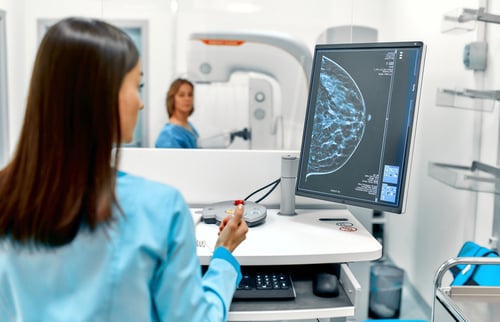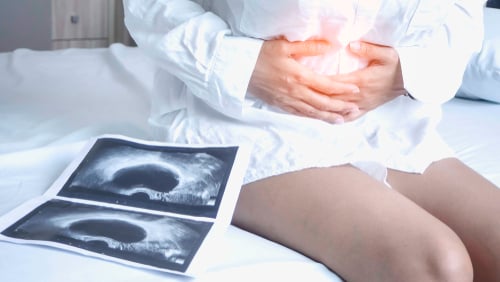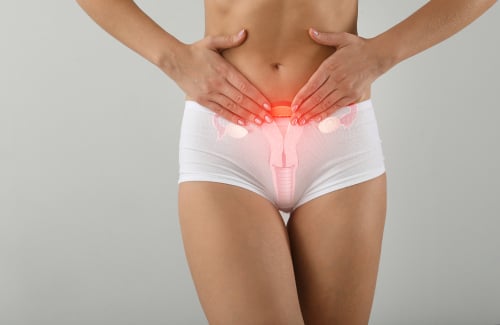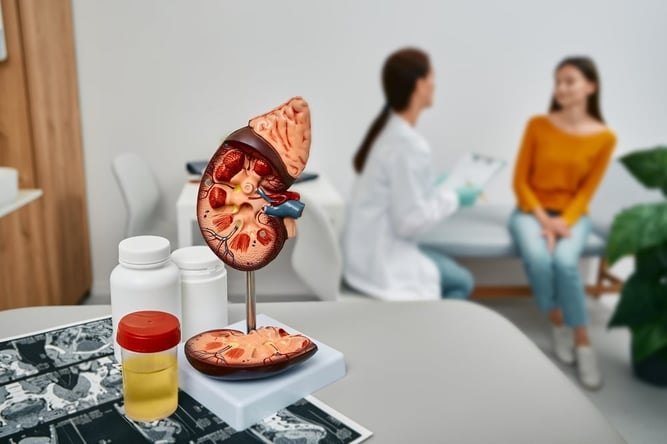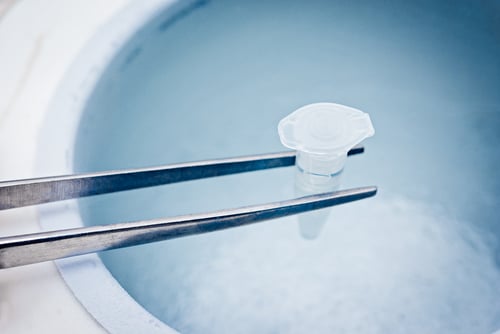Understanding the Common Pelvic Floor Disorders
The pelvic floor's vital role often goes unnoticed until problems arise. Explore common pelvic disorders, their causes, symptoms, and impact on women's lives.
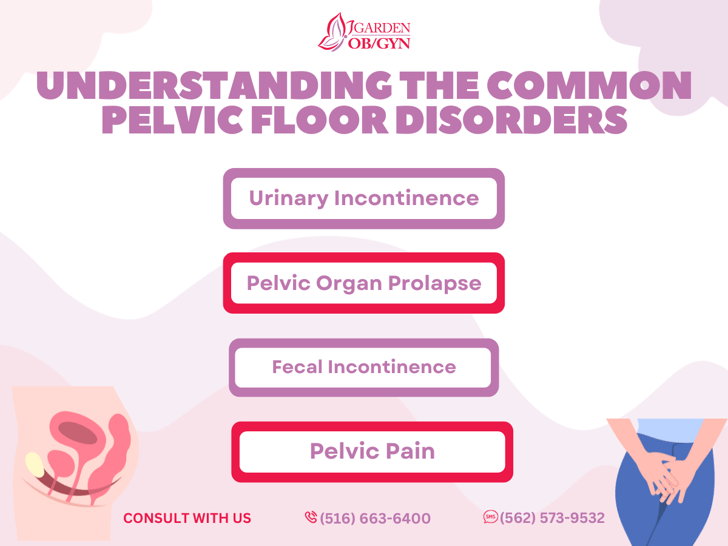
The pelvic floor is a crucial part of the human body, yet it often remains unnoticed until problems arise. This intricate network of muscles, ligaments, and connective tissues plays a vital role in supporting and controlling various pelvic organs. Unfortunately, many individuals, especially women, experience common pelvic floor disorders that can significantly impact their quality of life. In this article, we will delve into the most prevalent pelvic floor disorders, shedding light on their causes, symptoms, and effects.
Understanding the Pelvic Floor
The pelvic floor serves as a foundation for the pelvic organs, including the bladder, uterus, rectum, and more. It has several essential functions:
-
Support: The pelvic floor muscles provide structural support to keep pelvic organs in their proper positions.
-
Continence: These muscles help control the release of urine and stool, preventing involuntary leakage.
-
Sexual Function: The pelvic floor contributes to sexual function by facilitating blood flow to the genital area and playing a role in sexual response.
Common Pelvic Floor Disorders
-
Urinary Incontinence: Urinary incontinence is a prevalent pelvic floor disorder characterized by the involuntary loss of urine. There are several subtypes of urinary incontinence, including:
-
Stress Incontinence: This occurs when activities like coughing, sneezing, laughing, or lifting lead to urine leakage due to increased abdominal pressure.
-
Urge Incontinence: Individuals with urge incontinence experience sudden and strong urges to urinate, often leading to unintentional urine loss.
-
Mixed Incontinence: Mixed incontinence is a combination of stress and urge incontinence, where both physical activity and sudden urges contribute to urine leakage.
-
-
Pelvic Organ Prolapse: Pelvic organ prolapse happens when one or more pelvic organs (e.g., bladder, uterus, or rectum) descend from their normal positions and bulge into the vaginal canal or rectum. This can lead to discomfort, pressure, and difficulties with urination or bowel movements.
-
Fecal Incontinence: Fecal incontinence refers to the inability to control bowel movements, resulting in the unintended passage of stool. This condition can significantly affect a person's self-esteem and quality of life.
-
Pelvic Pain: Chronic pelvic pain is another common pelvic floor disorder. It can be attributed to various causes, such as muscle tension, nerve irritation, or conditions like endometriosis, resulting in persistent discomfort that interferes with daily activities.
Causes of Pelvic Floor Disorders
Several factors can contribute to the development of pelvic floor disorders, including:
-
Childbirth: The process of childbirth, particularly vaginal delivery, can lead to injuries or weakening of the pelvic floor muscles, increasing the risk of disorders later in life.
-
Aging: Natural aging processes can result in hormonal changes and weakening of muscles and tissues, increasing susceptibility to pelvic floor disorders.
-
Obesity: Excess body weight can put additional stress on the pelvic floor, elevating the risk of disorders.
-
Chronic Constipation: Straining during bowel movements, which often accompanies chronic constipation, can weaken the pelvic floor muscles over time.
-
Hormonal Changes: Fluctuations in hormones, such as those occurring during menopause, can impact the health and strength of the pelvic floor.
-
Genetics: Some individuals may have a genetic predisposition to pelvic floor disorders.
Symptoms of Pelvic Floor Disorders
The symptoms of pelvic floor disorders can vary depending on the specific condition, but they often include:
- Urinary or fecal leakage
- A feeling of heaviness or pressure in the pelvic area
- Frequent urination
- Pelvic pain or discomfort
- Pain during sexual intercourse
Pelvic floor disorders are prevalent and can have a significant impact on an individual's life. Understanding these conditions, their causes, and the associated symptoms is crucial for early recognition and intervention. If you suspect you have a pelvic floor disorder or experience related symptoms, seek consultation with a healthcare provider or specialist who can provide a proper diagnosis and guide you towards suitable management or treatment options. Remember, you are not alone, and there is support available to address common pelvic floor disorders and improve your overall well-being.








